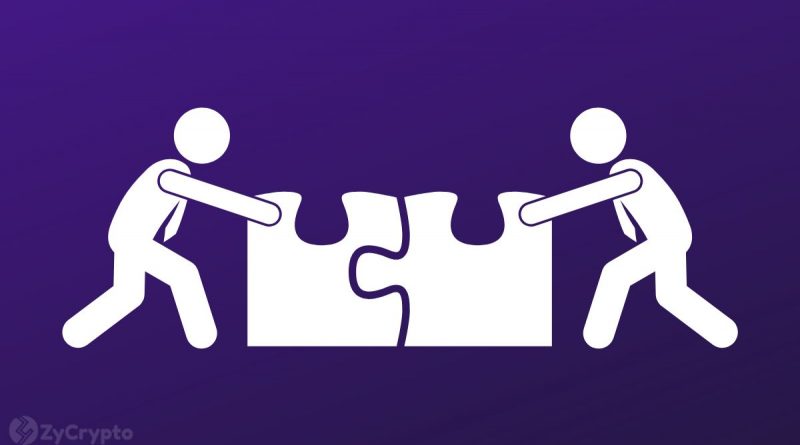DLT Viable Solution For Cross-border, Multi-currency Payments – New York Fed/MAS Study
In a May 18, 2023 press release, the New York Fed and the Monetary Authority of Singapore (MAS) published the results of a research study, known as Project Cedar Phase II x Ubin+.
Project Cedar is a Federal Reserve Bank of New York’s New York Innovation Center initiative that seeks to develop a technical framework for a theoretical wholesale central bank digital currency (CBDC) and contribute to the CBDCs dialogue.
Phase I of Project Cedar revealed that using a wholesale CBDC to facilitate blockchain technology transactions could improve the speed and safety of wholesale cross-border payments.
Ubin+ is a MAS initiative to improve the efficiency of cross-border settlement using distributed ledger technology (DLT) and non-DLT financial networks.
The collaboration to investigate whether wholesale central bank digital currencies (wCBDCs) could improve the efficiency of cross-border, multi-currency payments was announced by the New York Fed and the MAS in November 2022.
Project Cedar Phase II x Ubin+ examined whether DLT could improve the efficiency of cross-border wholesale payments and settlements involving multiple currencies.
As stated by the released Project Cedar Phase II x Ubin+ report, the study was aimed at contributing to the ongoing innovation in the financial sector and not to advance any specific policy outcome. Neither was the study intended to signal any imminent decisions about the appropriateness of issuing a CBDC nor indicating how one would be designed.
The hypotheses tested in the study aimed to establish whether wholesale CBDC systems developed using DLT could be technically interoperable with other payment systems across different jurisdictions, could facilitate cross-border payments across illiquid currency corridors, or could shorten the processing time of cross-border, cross-currency payments initiated in different jurisdictions.
Project Cedar Phase II x Ubin+ has shown that payments can be safely made across multiple ledgers without a central clearing authority or the establishment of a shared central network. The results also showed that simulated payments could be settled atomically, in near real-time, addressing concerns of counterparty risks.
Project Cedar Phase II x Ubin+ also demonstrated that DLT could support enhancements to cross-border multi-currency payments and settlements relating to network interoperability and autonomy, settlement, and speed. The study noted that alternative technical designs other than DLT may also provide viable solutions.
“Cross-border payments are a major railway for facilitating the functioning of the global economy,” said Michelle Neal, New York Fed’s Head of the Markets Group.
Areas for future experimentation and analysis identified by the study include the viability of the network scalability, the involvement of additional currencies supported by their corresponding central bank ledgers, and privacy limitations and liquidity optimization.
Source: Read Full Article

